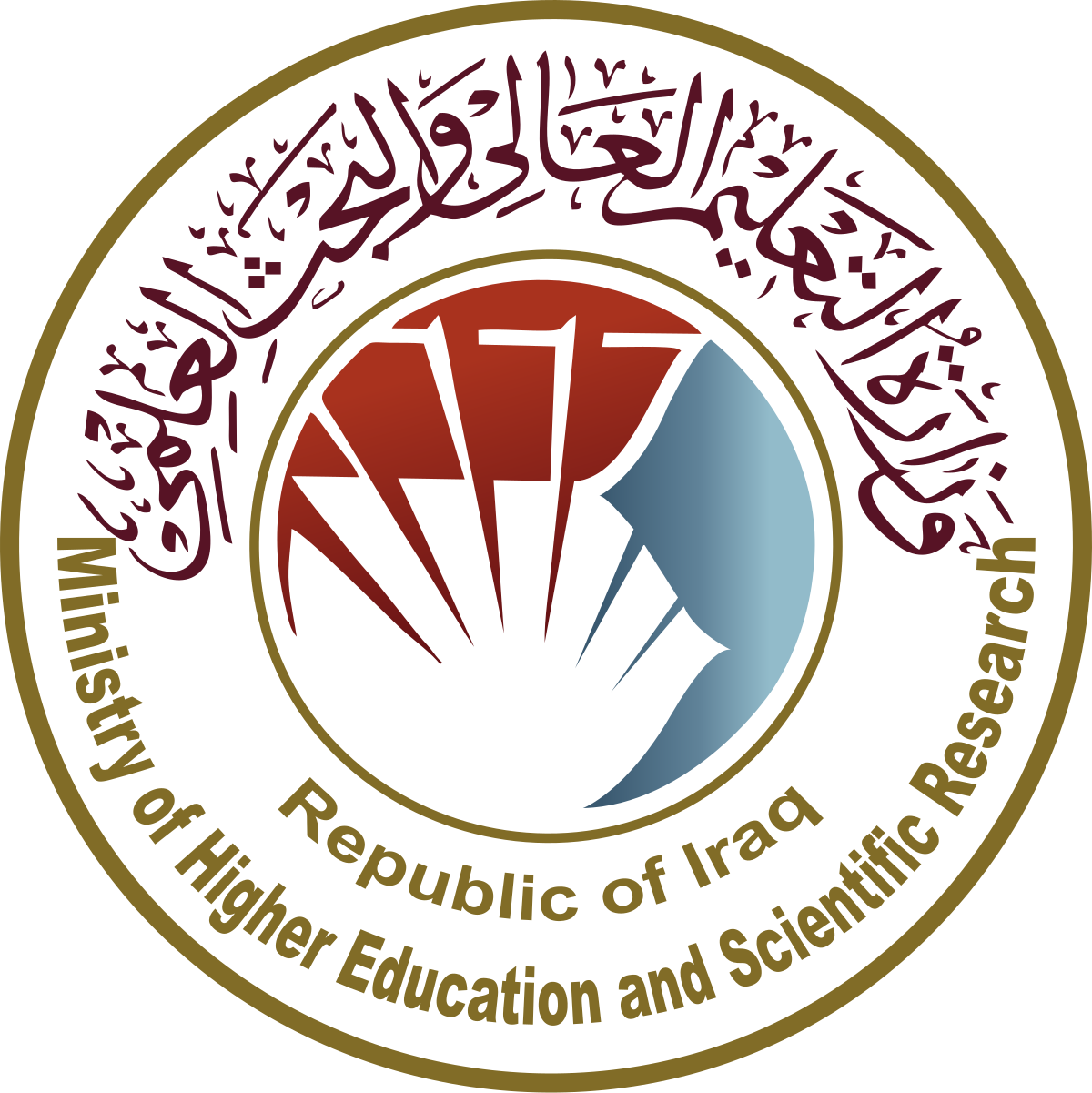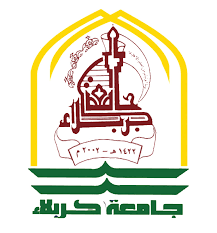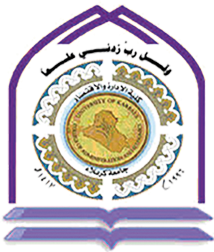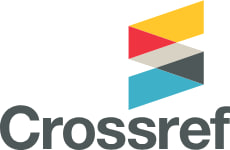The effect of administrative communications in enhancing strategic ambidexterity
Keywords:
management communication, Ambidexterity The strategyAbstract
The aim of the current research is to test the effect of communication skill as one of the most important skills of paradox management in achieving strategic ambidexterity , by distributing a questionnaire that included (79) managers in mobile phone companies, To clarify the responses of their answers to the paragraphs of the questionnaire, and through what was presented in it, a research problem crystallized for the researchers that (Do the leaders of the surveyed organizations have a clear vision of the skill of administrative communication from the point of view of managing paradox , and what is its impact on achieving strategic ambidexterity? Where the researchers relied on the Communication Scale of (Derina Holtzhausen, 2002) and the Strategic ambidexterity Scale of (Benner, M.J., & Tushman, ML 2003). where the research was based on a hypothesis based on the existence of a correlation and impact relationship between administrative communication and strategic ambidexterity . I use a number of descriptive and inferential statistical methods and tools including( Microsoft Excel, SPSS, Cronbach's Alpha, Pearson, v23amoss) for the purpose of testing the above two hypotheses; The research reached a number of conclusions, most notably that the managers' possession of the skill of administrative communication enhances the of their strategic organizations. ; With a high level of managerial communication between managers and subordinates that contribute to enhancing strategic ambidexterity, which leads to an increase in the effectiveness of the organization
References
-Andreopoulos C, Louis MW (2010). Managing Innovation Paradoxes: Lessons of Obscurity from Leading Product Design Firms. Long Range Planning, 1 (43),
-2-Birkinshaw, c. Gibson, C (2004). Build prowess in the enterprise’s leading product design firms. Long-Term Planning, 43 (1)
-Carmeli, Abraham & Halevi, Yitzhak, Merav, How Integration Can Integrate with Senior Management and Correct Abuse, USA Journal, Leadership Quarterly 20, (2009)
-Dixon J, Davis G & Kouzmin A (2004) An investigation of civil service reform: threats, challenges, and opportunities. In: R Koch & P Conrad (Eds) Verändertes Denken-Bessere ÖffentlicheDienstel? (Alternative thinking - better public services?)
-Daft, R. L. A dual-core model of organizational innovation. Journal of Academic Management, 2010, Putnam, LP,
-Duncan, R.B. 1976. The Fun Organization: Designing Dual Structures for Innovation. In R.H. Keelman, L.R. (ed.). ; Bundy and Dr. Slevin (Eds.): Managing the Organization, Vol. 1: New York: North Holland
-Derina Holtzhausen, (2002),"The effects of a divisionalised and decentralised organisational structure on a formal internal communication function in a South African organisation", Journal of Communication Management, Vol. 6 Iss 4
-Gibson, C.; and Birkenshaw, J. (2004). Antecedents, outcomes and the mediating role of organizational prowess, Journal of the Academy of Management, 47 (2)
-Gupta, AK; Smith, K. and Shaleley, C.E. (2006) “The Interaction of Exploration and Exploitation,” Journal of the Academy of Management, Vol. 49, No. 4,
-Leventhal, D. and March, c. (1993) “Learning myopia,” Journal of Strategic Management, Winter, Vol. 14, Special Issue: Organizations, Decision-Making and Strategy-
-11-Fang C, Lee J, Schilling MA (2010) Balancing exploration and exploitation through structural design: subgroup isolation and organizational learning. Member. Sciences. 21 (3)
-12-Gupta, A.K.; Smith, K. and Shaleley, C.E. (2006) “The Interaction of Exploration and Exploitation,” Journal of the Academy of Management, Vol. 49, No. 4,-
-13-Judge William Keogh, Blocker Christ, Pher P., (2008), Organizational Capabilities for Change and Strategic Ingenuity Flying Plan With Reconnection in European, Journal of Marketing Vol. 42, No. 10
-14-Jurksiene, L. and Pundziene, A. (2016), “The relationship between dynamic capabilities and firm competitive advantage: the mediating role of organizational ambidexterity”, European Business Review, Vol. 28 No. 4
-15-Kao, Q.; Jedaglovich, E., and Chang, H.P. (2009). Unpacking organizational prowess: dimensions, contingency, and synergistic effects. The Science of Organization, 20 (4).
-15-Liu, Y., Luo, Y. and Liu, T. (2009), “Governing buyer-supplier relationships through transactional and relational mechanisms: evidence from China”, Journal of Operations Management, Vol. 27 No. 4,
-March 20 JG, (1991), “Exploration and Exploitation in Organizational Learning,” The Science of Organization, Vol. (2) No. (1).
-17-Musigire, S., Ntayi, J & Ahiauzu, A. (2017), “Is strategic ingenuity moderate organizational support--the sales performance relationship for financial services in Uganda?”, African Journal of Business, Vol. 11, No. 3 and
-18-Navarro, J.& Dewhurst, F.(2007),” Linking organizational learning and customer capital through an ambidexterity context: an empirical investigation in SMEs”, The International Journal of Human Resource Management, Vol.18, Issue,10
-19-O’Reilly, CA Tuckman, M. (2013), “Organizational Prowess: Past, Present and Future”, SSRN Online Journal, Vol. 27
-O'Reilly C. & Tushman M.L. (2011), “Organizational dexterity at work: How managers explore and exploit”, Volume (53), .
-21-Raisch, S. and Birkinshaw, J. (2008) “Organizational skill: precedents, outcomes, and supervisors,” Journal of Management, Vol. 34, No. 3,
-Reich, S., Birkinshaw, J, Probst, J and Tuchman, ML. (2009) “Organizational Prowess: Balancing Exploitation and Exploration for Sustainable Performance”, Organization Science, Vol. 20, No. 4,
-Smith, W. K., & Tushman, M. L. (2005). Managing strategic contradictions: A top man-agement model for managing innovation streams. ORGANIZATION Science, 16(5)
Theses and theses
-Tumblr, M., F., Regulating ingenuity: Studies on Written, Written, Written, Written, Arabic, 2013, 2013, Erasmus Rutter University, 2010
Scientific conferences and reports
-Adler, P. S., Goldoftas, B., & Levine, D. I (1999). Flexibility vs Efficiency? A case study of model changes in the Toyota Production System. The Science of Organization, 10(1),.
-Benner, M.J., & Tushman, ML (2003). Exploitation, exploration and operations management: The productivity dilemma revisited. Management Academy Review, 28(2),
-Chen Yan (2017), Dynamic Ingenuity: How Innovators Run Exploration and Exploitation, School of Business, Stevens Institute of Technology, Point Castle in the Hudson, Hoboken, NJ, No. 70, USA.
-Harris, T.; and Sherblom, J.C. (2018), Small Group and Team Communication, Waveland Press, Long Grove, IL
-Osland, J., Erett, M, & Royce, L (2017). Global Leadership Case Studies: The Expert Perception of Large-Scale Global Change. Advances in Global Leadership, 10,
-Quinn, R. E. (1988). Master the contradictions and competing demands of high performance. San Francisco: Juicy Bass
-Jansen, J. J. P., van den Bosch, F. A J., & Volberda, H. W. 2005a. Exploratory innovation, exploitative innovation, and ingenuity: the impact of environmental and regulatory precedents. Review of Schmalenbach’s Works, 57:-7-Peters P.G. and Savoy D.J. (eds.) (1998) Evaluation: Evaluation of Public Sector Reforms. Montreal: Canadian Center for Management Development and McGill Quinn University Press.
-8-Shoo (2010) “When and how to be cocky? The relationship between environmental pressures, innovation strategy and organizational capabilities” China
-Simsek, Z., Heavey, C., Veiga, J. F., & Souder, D. (2009). A classification to align perceptions of organizational prowess, antecedents, and outcomes. Journal of Management Studies, 46,
-180-Smith, W.; and Lewis, MW (2011), “Towards a paradox: a dynamic equilibrium model of organization”,
-11-Tushman, ML, & O’Reilly, CA (1996). Funny Organizations: Managing Evolutionary and Revolutionary Change. California Administration Review, 38(4),

Downloads
Published
How to Cite
Issue
Section
License
Copyright (c) 2024 Economics and Administration College - Karbala University

This work is licensed under a Creative Commons Attribution-NonCommercial-NoDerivatives 4.0 International License.
Authors retain the copyright of their papers without restrictions.









